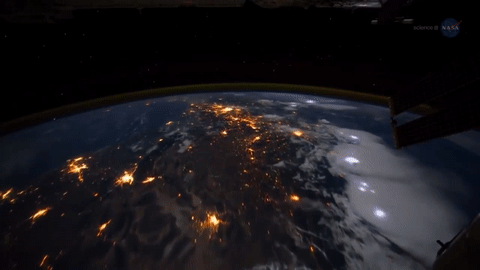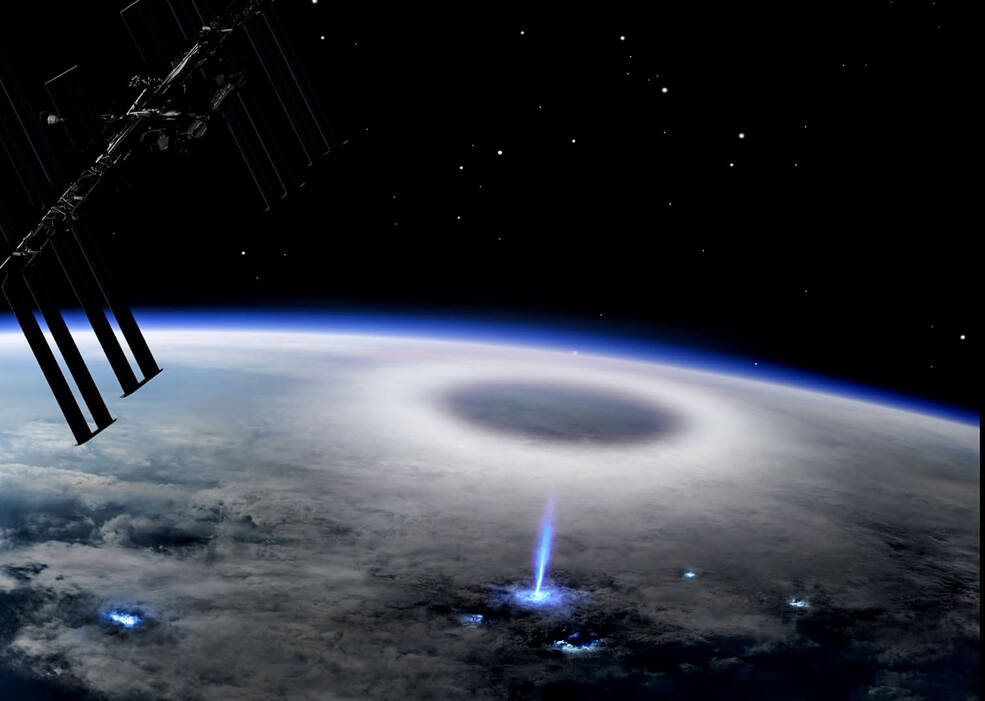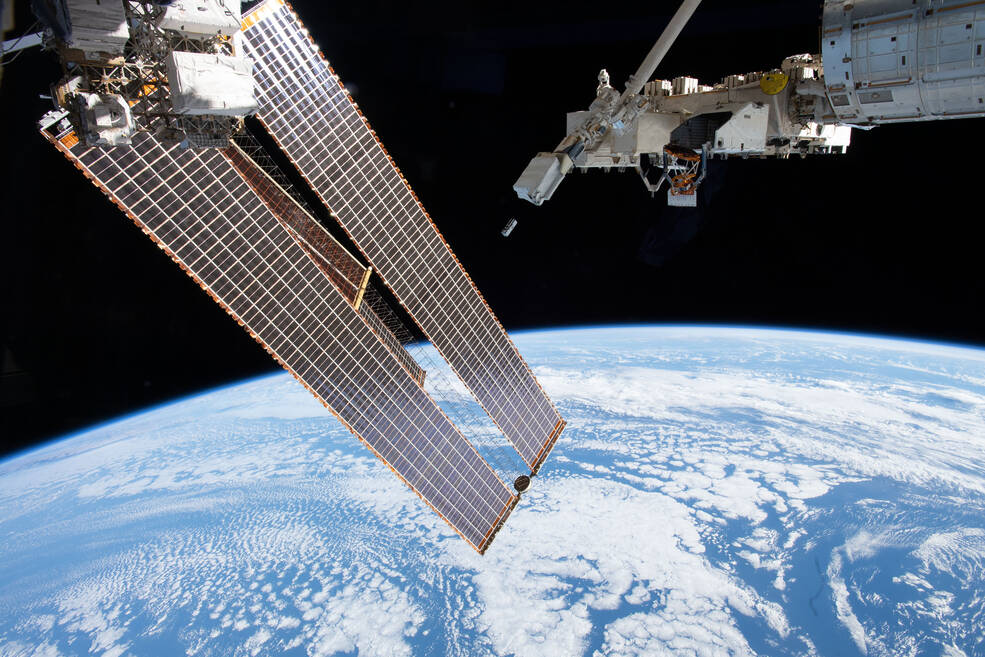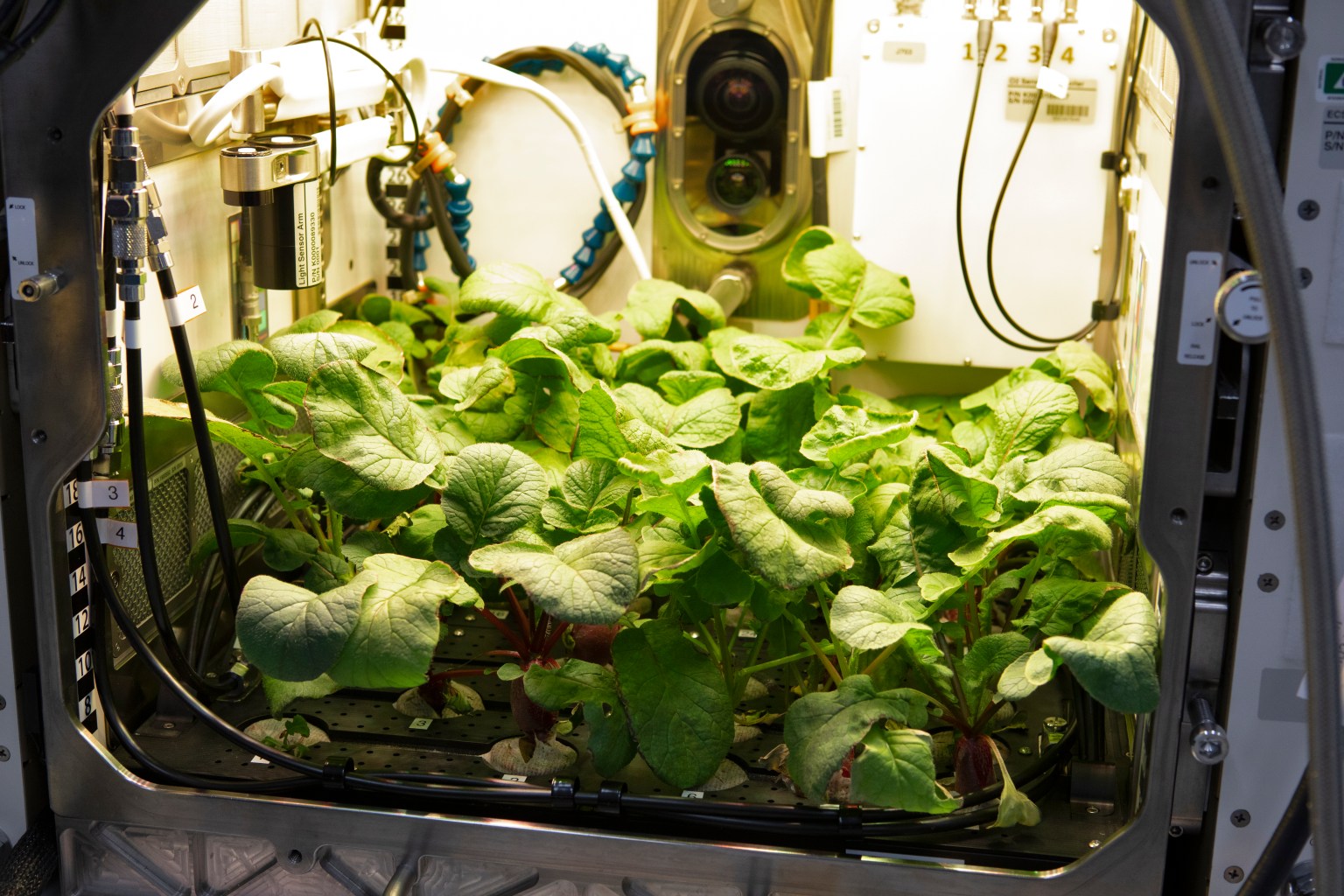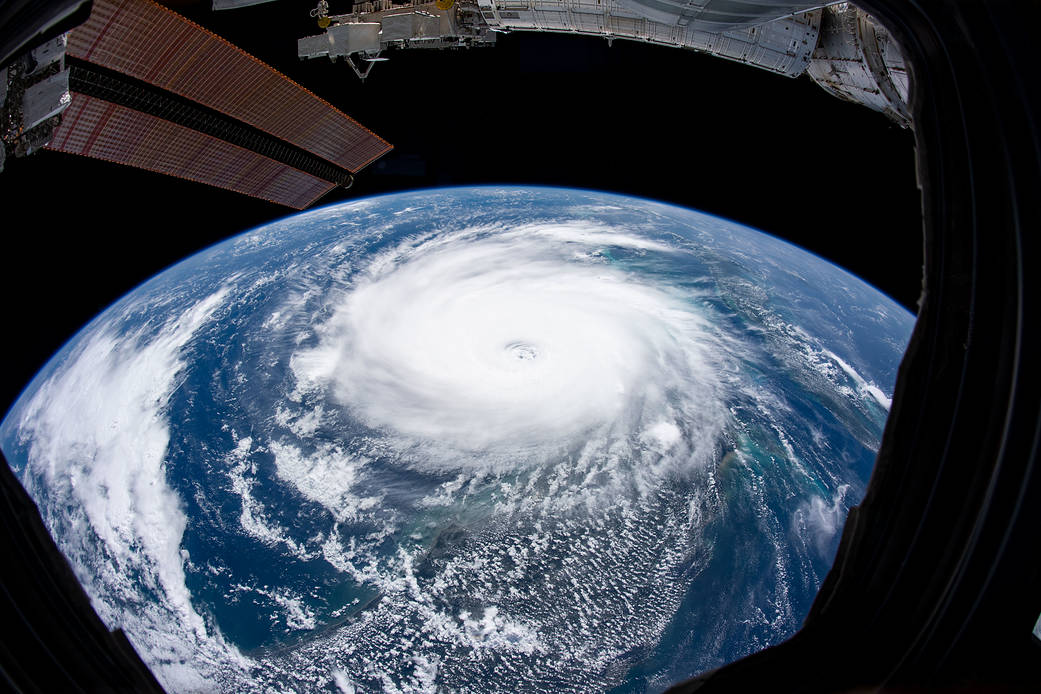Crew members aboard the International Space Station conducted a variety of scientific investigations during the week ending Sept. 1, 2023, including conducting the ESA (European Space Agency) investigation Thor-Davis.
Thor-Davis observes lightning associated with thunderstorms in Earth’s upper atmosphere. The investigation demonstrates the use of a special neuromorphic camera that can observe thunderstorm electrical activity at up to 100,000 frames per second.
Lightning-related phenomena are known as Transient Luminous Events (TLEs) and include lightning discharges reaching upwards through the stratosphere called blue jets, concentric rings of emissions at the ionosphere’s bottom edge known as elves, and flashes generated at the top of thunderstorms called Terrestrial Gamma-ray Flashes (TGFs). Sprites, another TLE, are an electrical phenomenon in Earth’s upper atmosphere that appear moments after a lightning strike. Sprites can be difficult to observe because they last for just a few milliseconds and occur above thunderstorms.
TLEs are too high to be observed with instruments carried by weather balloons, too low for weather satellites, and difficult and dangerous to observe from the ground. The space station provides an ideal platform for making observations from as close as possible, and its orbit offers almost complete coverage of tropical and subtropical regions, where some of the most intense storms occur. Crew observations from the space station offer new opportunities to observe sprites and their parent lightning flashes.
Understanding the processes occurring in Earth’s upper atmosphere is important to develop better atmospheric models and to provide insight into the connection between lightning and Earth’s climate and weather, which could lead to better atmospheric models and weather and climate predictions. TLEs also play a role in atmospheric chemistry and physics and affect aircraft and spacecraft safety.
A previous ESA study, THOR, looked at lightning activity and the structure of TLEs above thunderstorms and confirmed that it is feasible to photograph these events.
ESA’s Atmosphere-Space Interactions Monitor (ASIM) is an investigation that uses exterior cameras and other instruments to observe sprites and other TLEs. In addition to taking advantage of the space station’s lower orbit, ASIM points its instruments directly downward, making it possible to catch as many of the photons in a lightning flash as possible.
ASIM represents a comprehensive global survey of these high-altitude events that could help determine their physics and how they relate to lightning. The investigation also studies high-altitude cloud formation and determines characteristics of thunderstorms that disturb the upper atmosphere. Scientists learned, for example, that lightning comes from clouds at an altitude of about 10.5 miles (17 km).
Researchers used ASIM data to determine the sequence of events that produces TGFs. The investigation also led to the first observation of the onset of a blue jet. Blue jets are extremely brief lightning discharges thought to initiate in an electric breakdown between the positively charged upper region of a cloud and a layer of negative charge at the cloud boundary.
Light-1 CubeSat, an investigation from JAXA (Japan Aerospace Exploration Agency), demonstrated the feasibility of using instruments on a small satellite deployed from the space station to detect TGFs and other phenomena.
NASA’s Space Test Program-H5-Lightning Imaging Sensor (STP-H5 LIS) measures the amount, rate, and energy of lightning around the world. Researchers confirmed that the LIS provides data suitable for investigations of lightning physics, climatology, thunderstorm processes, and atmospheric composition. It also provides real-time lightning data for operational and aviation weather forecasting.
STP-H7-Falcon Neuro demonstrated using event-based optical sensors (EBSs) to detect lightning in cloud tops and electrical discharges in the middle atmosphere. The research confirmed that this approach creates better motion-compensated maps of Earth than other types of sensors.
As storms grow more intense and the population on Earth increases, better weather and climate forecasts are needed to help keep people and the environment safe. By providing a platform for monitoring the outer reaches of the atmosphere, the space station is helping experts move closer to that goal.
John Love, ISS Research Planning Integration Scientist
Expedition 69



























